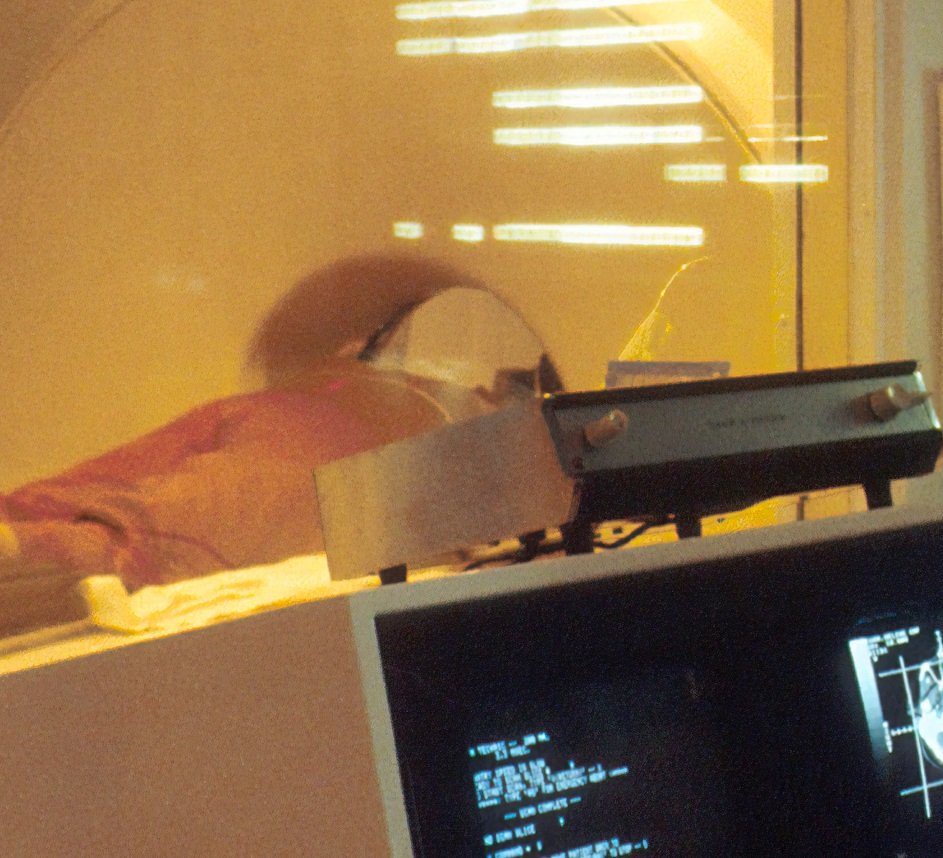Ocular dimensions by three-dimensional magnetic resonance imaging in emmetropic versus myopic school children
Medical hypothesis discovery and innovation in ophthalmology,
Vol. 11 No. 2 (2022),
23 September 2022
,
Page 64-70
https://doi.org/10.51329/mehdiophthal1447
Abstract
Background: Magnetic resonance imaging (MRI) has been used to investigate eye shapes; however, reports involving children are scarce. This study aimed to determine ocular dimensions, and their correlations with refractive error, using three-dimensional MRI in emmetropic versus myopic children.Methods: Healthy school children aged < 10 years were invited to take part in this cross-sectional study. Refraction and best-corrected distance visual acuity (BCDVA) were determined using cycloplegic refraction and a logarithm of the minimum angle of resolution (logMAR) chart, respectively. All children underwent MRI using a 3-Tesla whole-body scanner. Quantitative eyeball measurements included the longitudinal axial length (LAL), horizontal width (HW), and vertical height (VH) along the cardinal axes. Correlation analysis was used to determine the association between the level of refractive error and the eyeball dimensions.
Results: A total of 70 eyes from 70 children (35 male, 35 female) with a mean (standard deviation [SD]) age of 8.38 (0.49) years were included and analyzed. Mean (SD) refraction (spherical equivalent, SEQ) and BCDVA were -2.55 (1.45) D and -0.01 (0.06) logMAR, respectively. Ocular dimensions were greater in myopes than in emmetropes (all P < 0.05), with no significant differences according to sex. Mean (SD) ocular dimensions were LAL 24.07 (0.91) mm, HW 23.41 (0.82) mm, and VH 23.70 (0.88) mm for myopes, and LAL 22.69 (0.55) mm, HW 22.65 (0.63) mm, and VH 22.94 (0.69) mm for emmetropes. Significant correlations were noted between SEQ and ocular dimensions, with a greater change in LAL (0.46 mm/D, P < 0.001) than in VH (0.27 mm/D, P < 0.001) and HW (0.22 mm/D, P = 0.001).
Conclusions: Myopic eyeballs are larger than those with emmetropia. The eyeball elongates as myopia increases, with the greatest change in LAL, the least in HW, and an intermediate change in VH. These changes manifest in both sexes at a young age and low level of myopia. These data may serve as a reference for monitoring the development of refractive error in young Malaysian children of Chinese origin.

- Abstract Viewed: 0 times
- Full Text PDF Downloaded: 0 times


